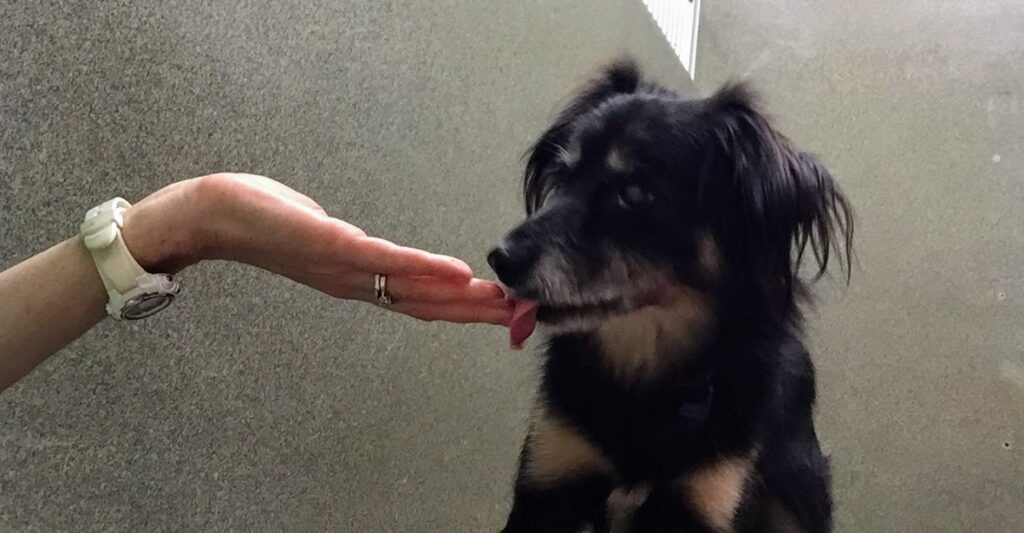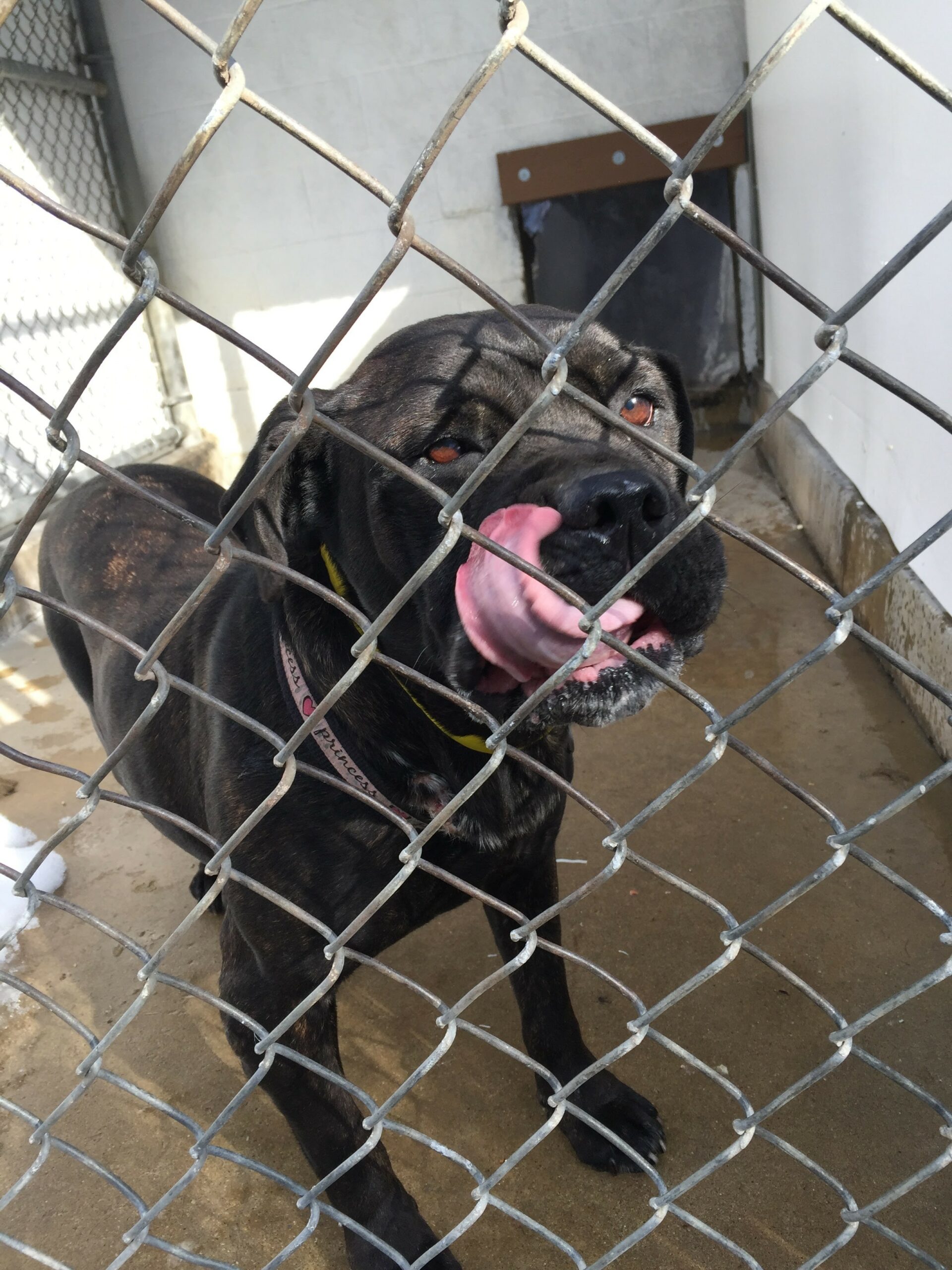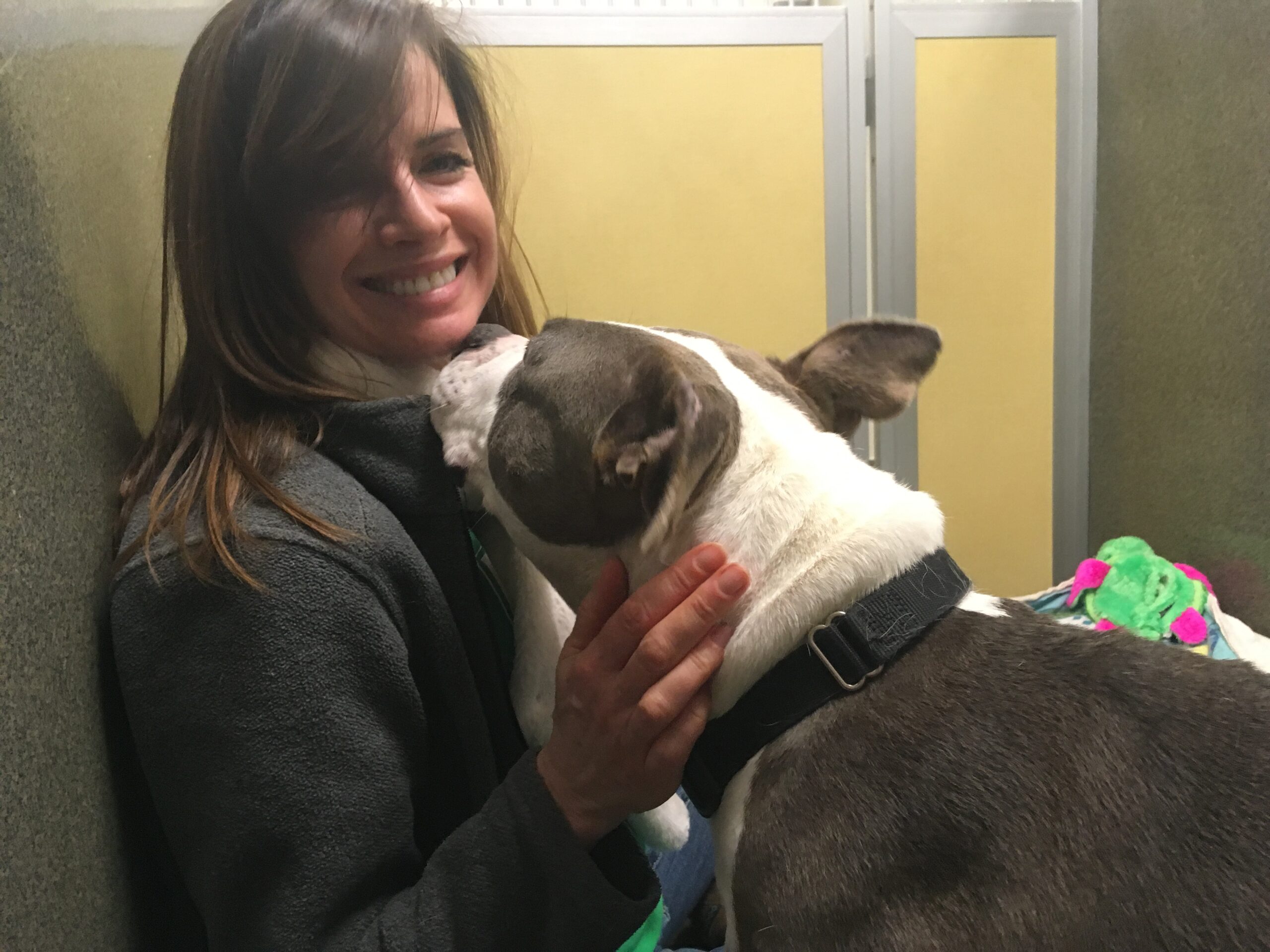Barks Blog
Burnout: When Trying to Do Good Makes You Feel Bad
You love dogs. Loved them all your life. I mean, like it’s a your religion. You read about dogs, write about dogs, think about dogs, surround yourself with dogs, can’t imagine life without dogs. And you tie yourself up in knots over dogs in shelters. You want to help them and save them and right the wrongs that may have been done to them. Contrary to popular belief, you do not want to bring them all home. You just want someone like yourself to bring them all home and love them and live happily ever after with them. What’s the best way to help these dogs, to leverage your passion, your skills, to make the greatest impact? How about working as a trainer in a shelter….
You bring your newly minted CPDT-KA and your savior complex to your interview at the nearest inner city shelter and…voila! You get the job. You will train dogs to be more adoptable, so more will be adopted. You will teach them to be good pets, to behave appropriately and live successfully in a good home. The mission is straightforward. Elemental. You have been teaching people in the suburbs how to train their dogs to be “better” pets for a few years now. You have witnessed transformations, from shy and shut down, or maniacally jumpy-mouthy, or just “no manners, won’t listen,” into dogs their people can be–are–proud of. This, to you, is a near spiritual experience. It has fed your savior complex, and your savior complex has grown big and bold.
But shelter dogs are not pets–at least not while they’re in the shelter. Maybe they were pets before. Maybe they’ll be pets again. But while they’re in the shelter, they are dogs who don’t have people. They aren’t “owned” dogs. If they have behavior issues–and not all do, but some certainly are “project” dogs–they’re in a gray zone that can turn very dark.
An inner city animal shelter is a microcosm of the inner city itself. The poverty, homelessness, the transient nature of its population, crime, despair, the lack of things–safety, stability, health, nutrition–these also haunt the animals in the shelter where you work.
This is not to say there is no joy, goodness, peace, or decency in the inner city. Of course there is. People and dogs can still thrive here. Solid, sound dogs can live out their lives in such a community, nurtured and nourished by their people–or be surrendered to the shelter for whatever myriad reasons in tip top behavioral form and be adopted out to a new loving family the very next day. And behaviorally off kilter dogs can come from anywhere, not just poor neighborhoods.
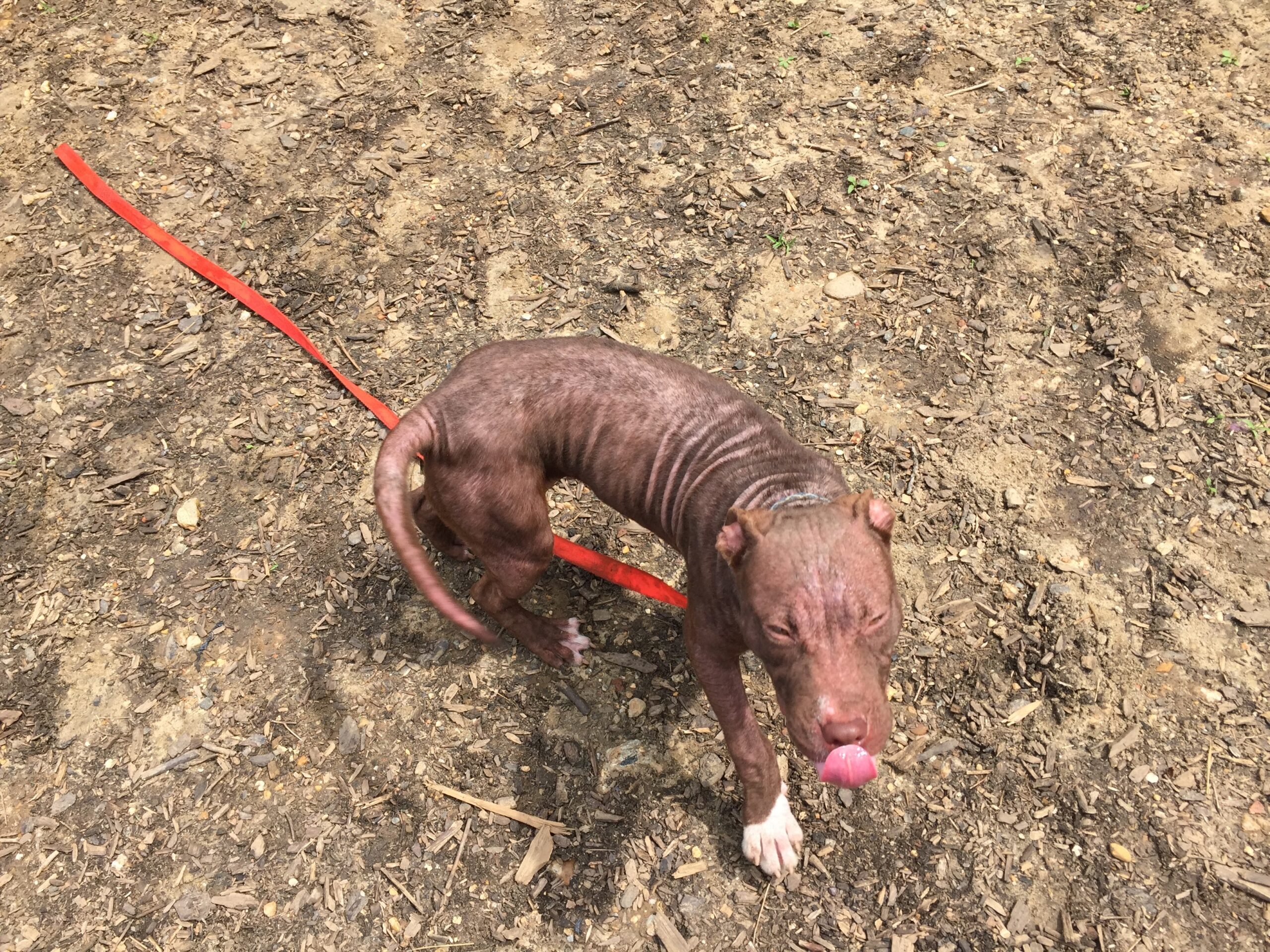
But in an inner city shelter you are up against more of the hard things, the tough stuff. You see dogs so emaciated they are like ghosts. Dogs who have never been to a vet, suffering from mange or heartworm or parvo–ills you rarely encounter in shelters in more affluent places where dog owners can afford preventive medical care. There are dogs so matted you cannot tell which end is the head and which is the tail. Dogs who have never slept inside, never experienced the world beyond their yard, who fear unfamiliar things–which is to say, most things. You get fighting ring dogs, with gashes and puncture wounds. And dogs hit by cars while running at large, with shattered limbs that shelter vets will have to amputate.

Surrounded by hard bitten veterans of this business, you absorb their wisdom. You learn not to judge the people who failed these dogs; you cannot know what burdens they carry.
Some dogs will bounce back from the hardships of their past and move on to a happier home. Others dogs enter the shelter so behaviorally damaged that they are unsafe to rehome. Yes, part of your job is to help dogs become more adoptable. But the other part is to judge whether they are adoptable. This part weighs heavy on your soul.
There is leeway with certain behavior issues, but zero tolerance for dogs who show aggression. You must absorb the monstrous truth that somehow–due to irresponsible breeding, or mistreatment, or hard knocks, or bad luck, but certainly through no fault of their own–these dogs have been rendered unadoptable. You just cannot in good conscience put a dog out into the community knowing there is a real risk of harm, however small it might seem to you or to any of your dog loving shelter colleagues. Your mind knows this is right. Your heart will never feel this is fair.
All this is especially hard to swallow because you come from the world of training “owned” dogs–dogs who have people who love them and advocate for them, invest time and energy in training, learn to read canine body language, and take the necessary precautions and put appropriate management measures in place to avoid situations that may provoke aggression. You know, for example, that fear aggression can fade dramatically with counterconditioning and thoughtful socialization. You have seen severe resource guarding disappear with faithful adherence to an effective protocol. You have taught countless people to help their dogs overcome explosive leash reactivity. These dogs’ people steadfastly believe in them. They empower themselves and their dogs to live successfully in the home and out in the world.
The difference is that dogs in shelters don’t have people to believe and invest in them yet. They’re waiting. And waiting. And most adopters simply are not in the market for a dog with big problems that need fixing.
So you learn the wrenching paradox of good dog, bad pet: easy to love, but too hard to live with. If aggression is overt and chronic, such that you literally cannot get close without feeling a bite is imminent, disqualifying a dog from adoption is less murky. But a dog can have an affectionate, lovable personality and also behave aggressively. After all, “aggressive” doesn’t describe what a dog is, it describes what a dog is doing. It is not a personality type; it is an episodic, context specific behavior. Some dogs only start showing aggressive behavior when they have endured the debilitating stresses of shelter life for so many weeks or months that they begin to unravel. And that is not their fault. And if it is someone else’s fault, there still is no recourse. Their clock has run out.
And so, though it breaks your heart in half, over time you come to terms with this reality: Although dogs that show aggression might possibly be rehomed successfully under ideal circumstances, your circumstances are far from ideal. Dogs pour into this shelter in a steady torrent; they leave in a slow trickle. Each and every day dogs are surrendered to the shelter because their owners have been evicted and are now homeless. Or their home burned down. Or the owner went to jail. Or someone asked a cousin to keep their dog “just for a couple weeks” but never came back. Plus the street dog population is massive; animal control officers pick up loose dogs every day and bring them to the shelter. Adopters come, with open hearts, to give adoptable dogs a second chance. But you still have too many dogs for too few adopters. And too many dogs for too little space. So stories like the ones that follow are commonplace.
A lovely couple has lost their home and must move to an apartment where their dogs are not welcome. They have left no stone unturned but their only remaining option is to surrender the dogs. As they wait in the intake office, you watch their dogs play-wrestling on the floor, the couple looking on with bittersweet smiles, missing them already. You bring the dogs to the evaluation room to conduct their behavior assessment. They are suddenly terrified. This manifests as growling, hard stares, bared teeth. If you reach toward them, they freeze. You cannot handle them; you cannot even get near them. Your standard assessment protocol says it is admissible to give such dogs up to three days to adjust, then reevaluate. The problem is, there are no empty enclosures in the holding kennel. If these dogs cannot go straight to the adoption floor, you literally have no “live outcome” for them. You cannot house them. You cannot send them to foster care or transfer them to another shelter or rescue group without a behavior assessment. There is no solution. You return to the couple, who so loved these dogs, who were consoled only by the chance that someone else would love them next. You explain the facts. You ask if they would like to stay for a few more minutes to be with their dogs when they are euthanized. They are sobbing. Later, alone, you are sobbing–for the couple, for their dogs, for all the people you cannot help, and all the dogs you cannot save.
A dog has been shot in the face by the police. Or possibly by his owner. It is not clear. His vision, as a consequence, is also is unclear, such that he is easily startled–especially by men. Otherwise he is all sweetness and light. Trouble is, when startled, he growls. If he just flinched and ducked for cover, you could overlook it. In fact, your heart says even his growling could be overlooked because, after all, he was shot in the face. Growling seems a pretty measured response given his past trauma. But in the end, after many tests and trials, after long enough for you to fall in love with yet another doomed dog, the decision is made. He may not be safe; he cannot be adopted. Good dog, bad pet.
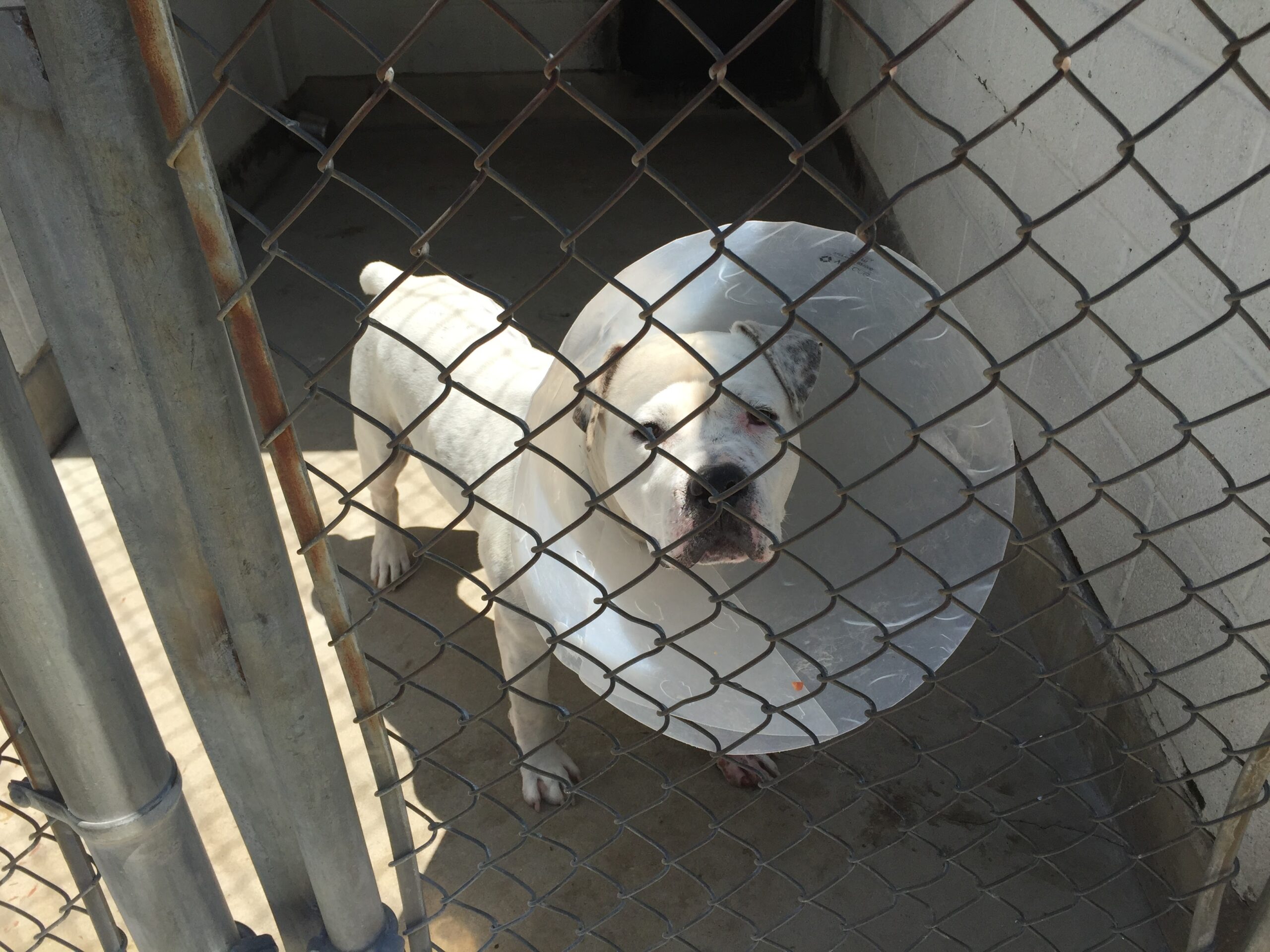
A pair of dogs is confiscated by Animal Control and brought into the shelter. Their ears are ulcerated and bleeding from insect bites. They have lived outdoors for six years and are thin and filthy, but they pass the behavior assessment with room to spare. The male copes OK with kennel life and eventually is adopted. The female goes straight-up haywire the second her enclosure gate is shut. Within minutes she is bleeding from her mouth and feet from biting and lunging at the chain link fencing. The shelter was built in the 1950s; it is not state of the art. You have to accept that your shelter is unable to humanely house this tormented animal, and others like her who self injure due to panic. You have no resources to help her, and she is hurting herself in the shelter’s care. This torture must end. It must be ended. You swallow a bitter pill: Sometimes doing the right thing means doing the thing that feels most wrong.
There are happy endings, too. Of course there are. Many! Many, many more happy than sad, in fact. So with the right mindset, you could feel like a savior here and believe you are doing some good. Shelter colleagues who are in it for the long haul find ways to block the dark and let in the light, to find pride and joy in the part they play in helping so very many animals find a better life.
But don’t be a martyr. Don’t lose yourself, and the good inside you, in the process. Don’t become so despondent that you feel there’s no hope for anyone–not dogs, not people, not yourself. If you’ve stopped seeing the good you’re doing, if you’ve stopped believing you’re making any difference, if your son says, “Mom, you used to laugh but now you’re always frowning,” then it is time to step away, at least for a while. Heal. Recharge. Stop thinking it’s your responsibility to fix everything. You can’t. If you can’t find the bright side there, leave it to those who can, and find another way to do your part.
……………………………………………………………
It took me two years. I eventually started my own training business, and now I help people and their adopted dogs settle into their new life together. I also volunteer at a cushy shelter in the suburbs where we have too many adopters and not enough dogs. When they ask where else they can find the dog of their dreams, I send them to my old shelter. It’s bursting at the seams with great dogs. They all have been vetted exhaustively. The bar for adoptability is set unusually high. This means the adoptable animals are among the cream of the crop, with the best odds of being the best pets. This is the silver lining inside my once dark cloud. It’s the bright side I finally can see.

